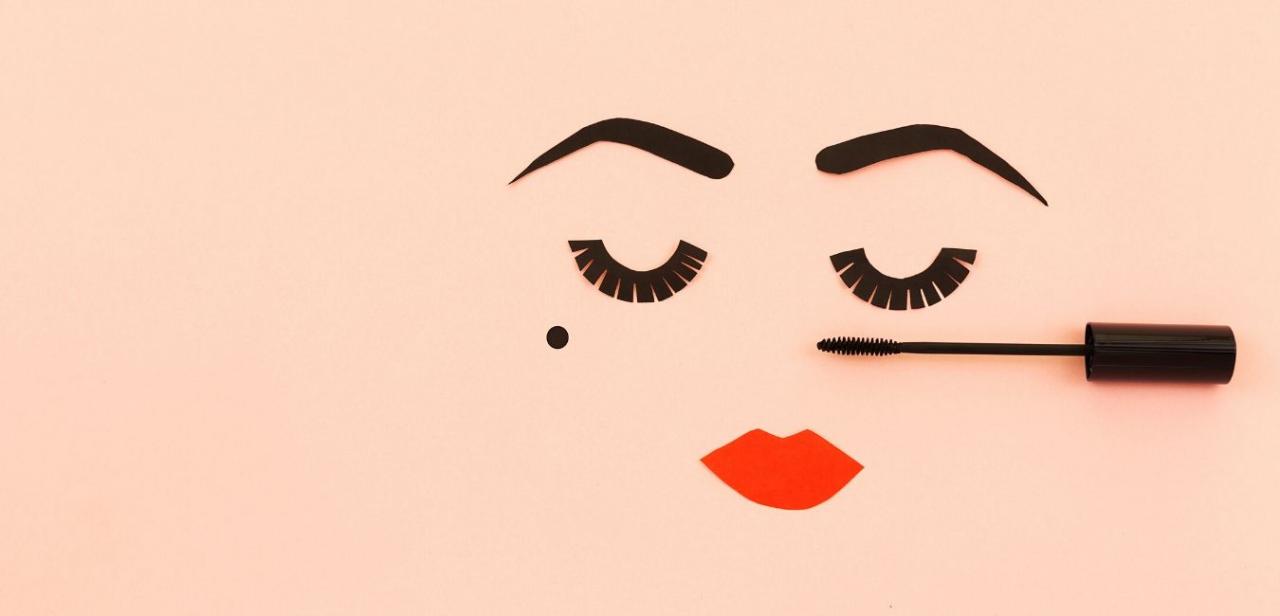 B-D-S/PhotoSpin
B-D-S/PhotoSpin
The pain of a migraine that won’t go away can drive some people, including teens, to the emergency room.
It’s expected that intense pain killers, such as the opiate Vicodan, may be used in severe cases where no other medications are working. But you wouldn’t expect children ages 13-17 to be receiving an actual prescription for opioids, which are known for their addictive qualities.
Yet a new study in the Journal of Adolescent Health has suggested that many teens are receiving one or more opiate prescriptions to treat headaches.
The study looked at medical claims of 8, 373 teens with headaches, and found that 46 percent of them received a prescription for opioids. During follow-up visits, 48 percent received one opioid prescription, and 29 percent received three or more prescriptions.
The study also found that when teens visited the emergency room they were the most likely to get an opioid prescription.
The study does however have its limitations. The data is limited in its information, and didn’t allow researchers to identify whether or not opioids were solely prescribed for headaches, or whether the opioids were given as a first treatment option, or after lack of relief with other less strong medications.
Dr. Jack Chapman, the medical director at US Pain Centers, said in an email that a final conclusion can’t be reached without a doubt based on this most recent study on teen opioid prescriptions. But he believes there needs to be more of an effort made to understand the role and function of the emergency room in pain relief situations.
He said if patients are suffering from acute pain, then medications made specifically for migraines might not always help, so it’s not so surprising that in the emergency room opioids are prescribed more often.
“However, opioids, while effective in relieving pain, are not effective for treating migraine,” Chapman said. “Although it might be easier and more convenient to consider a little pill, the effects of addiction can be devastating.”
In an emergency room, the ultimate goal is to stop pain immediately, but he said in a doctor’s visit a more extensive evaluation should be done with a “long-term pain management plan as the primary goal.”
There are many much more effective ways to treat migraines and headaches. Besides taking preventative medication, he suggests managing any triggers.
“This includes monitoring diet, stress, and environmental factors such as weather and strong smells,” Chapman said. “Teens tend to not drink enough water. Staying hydrated is a powerful preventative tool.”
Here are some treatment options suggested by Chapman for when a headache or migraine starts to rear its ugly head:
1) “Ice or heat packs.”
2) “Relaxation.”
3) “Mild TENS [Transcutaneous Electrical Nerve Stimulation] therapy. This is similar to the new neurostimulation device approved recently that is worn on the forehead like sunglasses. Neurostimulation is a drug-free option. Although the new device is recommended for patients 18 and older, it could potentially be an option in the future for teens.”
4) Abortive medications include NSAIDS, acetaminophen, triptans (including a promising nasal spray form).
5) Other medications include antidepressants and beta blockers.
6) An implantable multi-lead neurostimulation device as a last resort.
Although he has more experience working with younger to middle-aged adults, he said the teens he does work with have already gone through many first and second line treatment options.
Dr. Damon Raskin, a detox specialist at Cliffside Malibu addiction treatment center, said in an email that he treats many teens with addiction, and has seen a number of them being prescribed opiates for migraines.
He said opioids should not be used for migraine treatment. It’s “very poor practice,” and could lead to future addiction issues.
In fact, many of the teen patients he works with became addicted after receiving prescriptions for opiates.
He said opioids only tend to mask symptoms of migraines in the best-case scenario, and nasal spray or anti-inflammatory medications are better.
He added that he has also noticed numerous teens who have doctor-shopped, looking for prescriptions for ailments such as stress headaches, migraines and PMS headaches.
Dr. Scott Carroll, a pediatric psychosomatic psychiatrist, added in an email that he rarely prescribes opioids for teens for headaches. Instead, he makes sure teens have proper hydration and diet, and tries other treatments like acupuncture, medications like anticonvulsants, SNRIs, tricyclic antidepressants and beta blockers.
Sometimes he’s used intranasal lidocaine for sinus problems, as well as triptans.
He will only prescribe opioids as a rescue medication, and provides parents with a couple pills a month that only they have control of and access to.
Sources:
Journal of Adolescent Health. DeVries, Andrea, et al. Opioid Use Among Adolescent Patients Treated for Headache. Web. March 12, 2014.
http://www.jahonline.org/webfiles/images/journals/jah/feature.pdf
MedPage Today. Fauber, John and Fiore, Kristina. Teens Likely to Get Opioid Rx for Headaches. Web. March 12, 2014.
http://www.medpagetoday.com/Pediatrics/GeneralPediatrics/44647
Chapman, Jack. Email interview. March 12, 2014.
Raskin, Damon. Email interview. March 12, 2014.
http://www.cliffsidemalibu.com/cliffside-malibu-staff/damon-raskin-md
Carroll, Scott. Email interview. March 11, 2014.
Reviewed March 13, 2014
by Michele Blacksberg RN
Edited by Jody Smith





Add a CommentComments
There are no comments yet. Be the first one and get the conversation started!